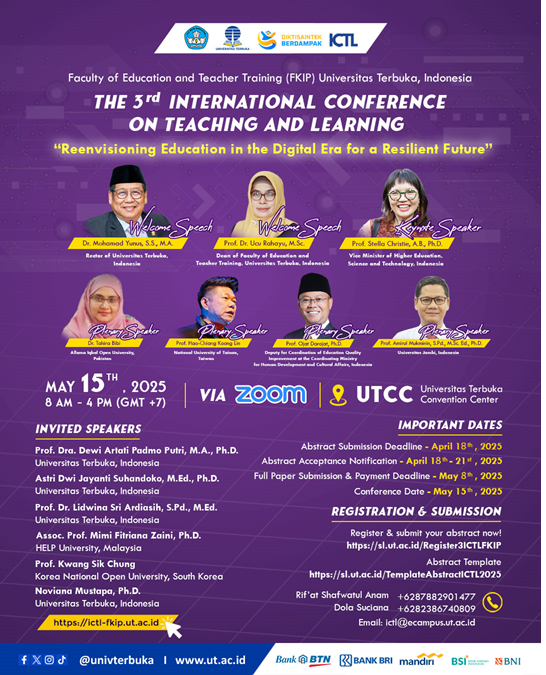Enhancing Student Engagement Through Blended Learning Models: A Comparative Study
Keywords:
Blended Learning, Student Engagement, Higher Education, Learning OutcomesAbstract
This study aims to explore the effectiveness of blended learning models in enhancing student engagement across various educational contexts. Blended learning, which combines face-to-face instruction with digital technology, has become a popular approach in higher education. This comparative study analyzes data from two groups of students enrolled in courses with different learning models: one group using a blended learning model and the other using traditional teaching methods. Data were collected through surveys, interviews, and classroom observations to measure student engagement levels, comprehension of the material, and satisfaction with the learning methods used. The results indicate that students in the blended learning group exhibited higher engagement levels compared to those in the traditional learning group. Additionally, students in the blended learning group reported improved comprehension of the material and higher satisfaction with the learning process. This study suggests that blended learning models can be effective tools for enhancing student engagement and learning outcomes. The study also identifies key factors contributing to the success of blended learning models, including time flexibility, material accessibility, and more intensive interaction between students and instructors. The implications of this study include recommendations for curriculum development and more effective teaching strategies in higher education contexts.







